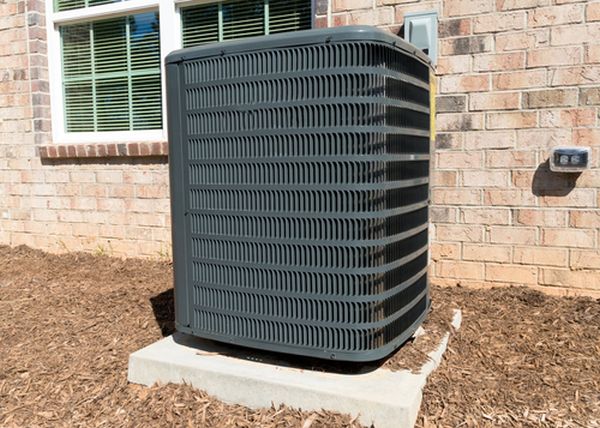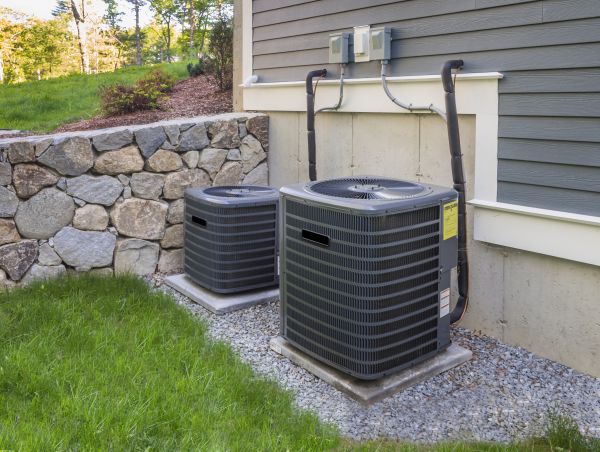HVAC system or Heating, Ventilation and Air Conditioning system keeps it comfortable for you in all seasons. It keeps you from freezing in the winter and keeps you cool in sweltering summer. When this system functions efficiently, it uses less power thus helping you in reducing your energy bill.
An important part of modern smart homes, HVAC system comprises of some essential components which you need to know about:
Thermostat
The thermostat is usually fixed where it is easily visible and accessible. It can be set manually to a comfortable temperature or you can program it beforehand. It is connected to the unit’s furnace. When the interior’s temperature gets too hot, it triggers the evaporator coil-condensing unit to circulate cool air. If it gets too cold, the heat exchanger is triggered which circulates warm air.
Heat Exchanger
The heat exchanger is found within the furnace. When the thermostat activates the furnace to produce warmer air, it draws in cool air, heats it and circulates the heated air through the ducts and sends it out through the vents.
Evaporator Coil
The evaporator coil works exactly opposite to the heat evaporator. Situated on the top or side of the furnace, the coil works like a radiator and produces cool air which is circulated through the ducts.
Furnace
The furnace is the largest component of your system. It needs a big space – specially made closet, cellar, attic or finished basement can be used to house it. It heats air by any of these four heat sources – solar energy collected on site, electric resistance, combustion or heat pump. Furnaces are of two types – two stage and single stage furnaces. Single stage furnaces can be turned on or off by the thermostat. Two stage furnaces can operate using only two thirds of its potential, once the thermostat triggers it, for 10 -15 minutes. If the temperature returns to the desired temperature, it switches off automatically, and if it does not, then it powers on full potential.
Refrigerant Lines
Refrigerant lines are narrow tubes made from copper or aluminum, which are cold and heat resistant. Their function is to carry a vaporized refrigerant substance in the form of gas, to the condensing unit and send it back in liquid form to the evaporator coil.
Condensing Units
The condensing unit is installed outside your home. It is filled with refrigerant gas and is connected to the evaporator coil. Exterior air causes the refrigerant gas to be cooled to liquid form and sent to the evaporator coil, which converts the liquid into gas again.
Ductwork
The duct system that transports warmed or cooled air to different areas of your home is known as ductwork. They are usually manufactured from lightweight aluminum but can also be made from fiberglass, steel, polyurethane, fabric or flexible plastic.
Vents
The rectangular outlets situated near the ceiling which transfer cooled or heated air from the ducts into individual rooms are called vents. These vents usually have angled slats and are made from metal. The slats direct the air downward towards people in the room and can be manually controlled. This can control the direction of air and also the amount of air directed to the room.
Internet nowadays is so crammed with fake websites and online stores that claim to sell authentic HVAC systems from leading brands. Nonetheless, websites like Comfortside among others extend their quality products and services to their customers while detailing them about essential components of the systems they are planning to buy.
Knowledge about the essential components allows you to buy the right components at the right price to set up an energy efficient HVAC system.
Article Submitted By Community Writer






